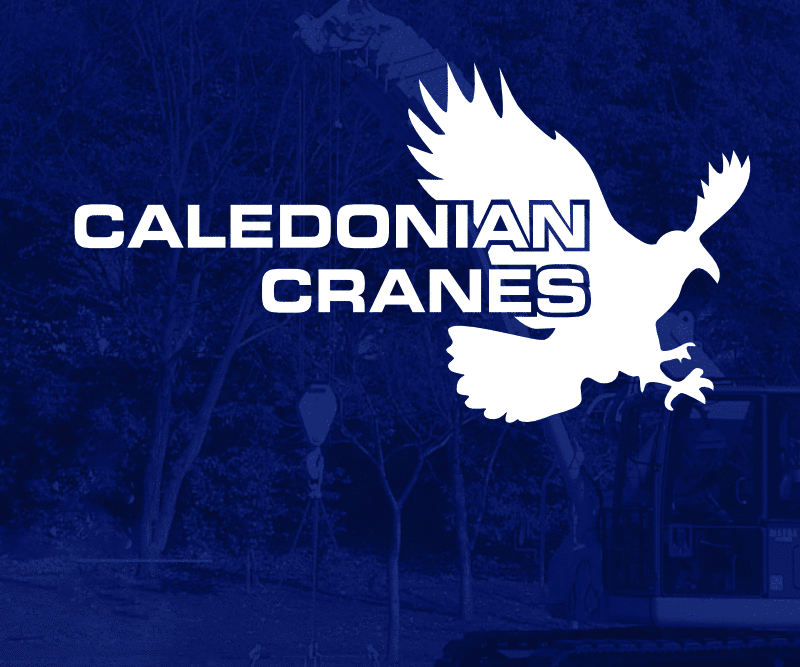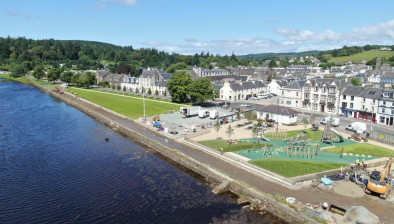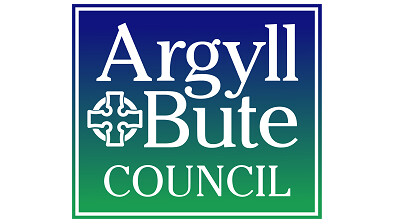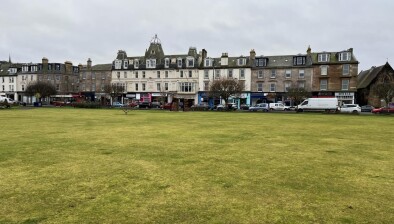Funding boost to preservation of medieval church sites
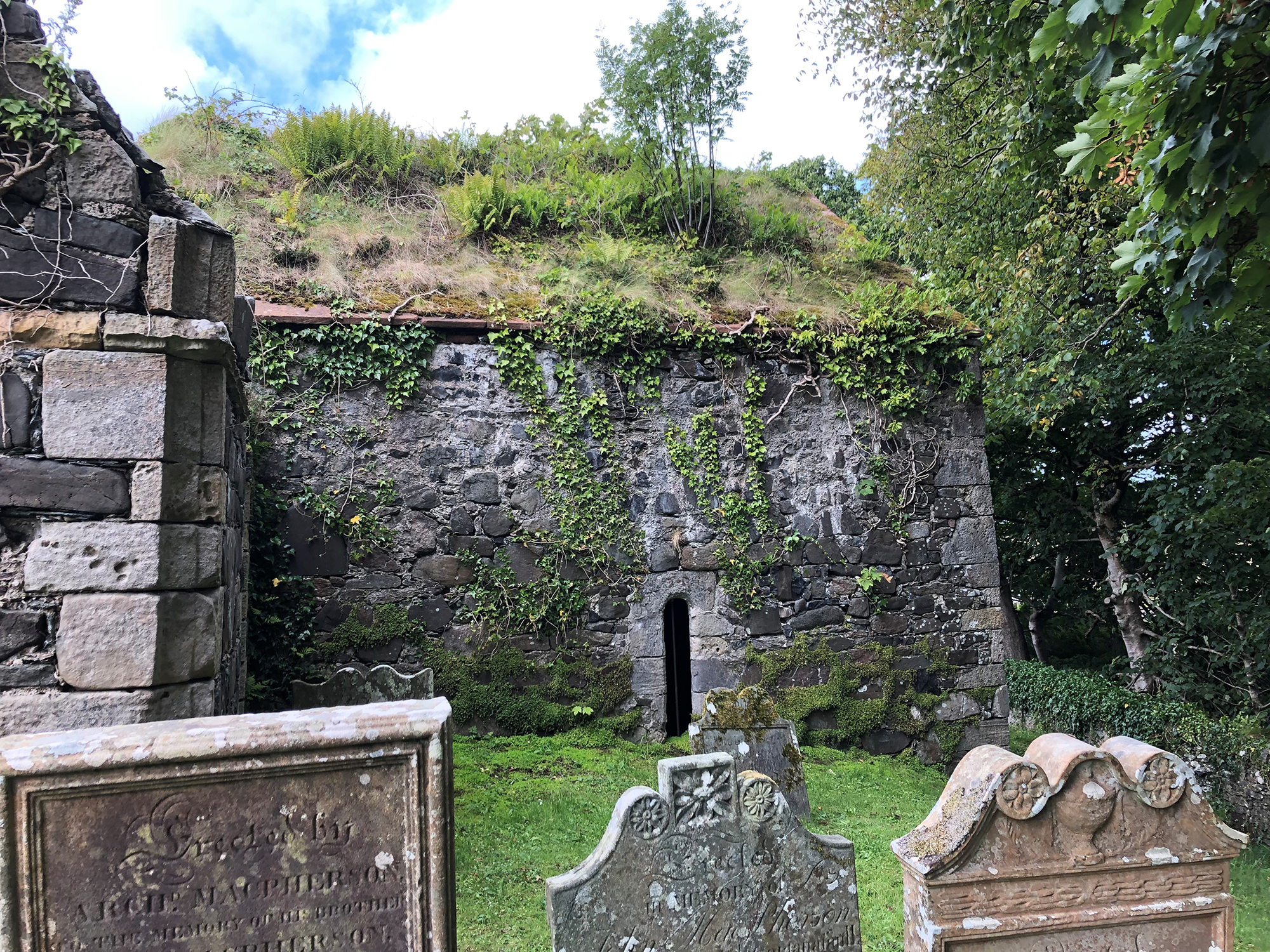
Pictured: Overgrown walls at the Killean church site
Charitable groups working with Argyll and Bute Council have secured £40,000 in grants to complete emergency works at medieval church sites at Kilkivan, Killean and Kilchenzie.
Laggan Opportunity and Amenity Fund (LOAF) and Killean and Kilchenzie Churches Preservation Association (KKCPA) were assisted by the council’s community development team in applying for funding.
They secured grants from Historic Environment Scotland and the National Lottery Heritage Fund as well as from Campbeltown Community Windfarm Fund, West Kintyre Community Windfarm Trust, Tangy Windfarm Fund, Drumlemble Hall Fund, and Machrihanish Community Airbase Charitable Fund.
The three ancient buildings at Kilkivan, Killean and Kilchenzie are of enormous historic significance nationwide, having been built when Kintyre was still part of the Kingdom of the Isles.
The elaborate unique architecture of the east end of St John Church at Killean is of particular importance.
The churches at Kilchenzie and Kilkivan were named after saints Kenneth and Kevin respectively, associated with the cult of St Columba.
The churches became important burial places for local people of the time and each one is fortunate to have some of the most important 14th and 15th century carved graveslabs in Scotland.
Their intricate carvings are grouped as West Highland School, and reflect the Celtic and Viking cultural association.
Over the next few years, working closely with the council, who own the sites, the groups aim to secure more funding to make these medieval sites safe.
They also aim to create a heritage trail in Kintyre, letting locals and visitors to Kintyre enjoy and learn more of Kintyre’s ancient past.
At Kilkivan, the eight medieval carvings depict a range of characters, from a mediaeval knight in full body armour, to an abbot delivering a mass.
At some time in the past, the stones were removed from their original position and laid in a line along what had been the east wall of the church.
Since the 1960s, the effect of weathering, exacerbated by acid rain, has had a profound effect on the mediaeval slabs.
The emergency grants provided by Historic Environment Scotland and the Heritage Fund have facilitated the stabilisation of the south wall of the church and the removal of the graveslabs to Edinburgh.
It is hoped that the stone conservator can return them to their former glory, after which they will be brought back to Kilkivan and displayed in a suitable shelter.
Several years of ivy overgrowth has resulted in additional damage to the ancient walls of the church at Killean. It is now impossible to view the intricate carvings on the east gable wall windows.
The emergency grant has enabled temporary bracing to be placed at the most vulnerable areas.
A topographical scan of the structure has also been undertaken, which will assist in a much larger, three-year, project to consolidate the ruins and the 14 medieval graveslabs contained within the ‘Largie Vault’.
At Kilchenzie, it was necessary to use specialist limecrete bags to shore up some ‘voids’ found in the crumbling walls and lay at least one of the seven medieval graveslabs flat to prevent it from cracking.
The temporary measures put all three churchyards in a good position to move forward together with a large grant application to various funding bodies for the money needed to consolidate and stabilise the ancient walls, and also to provide a safe space in which to display the grave slabs.










